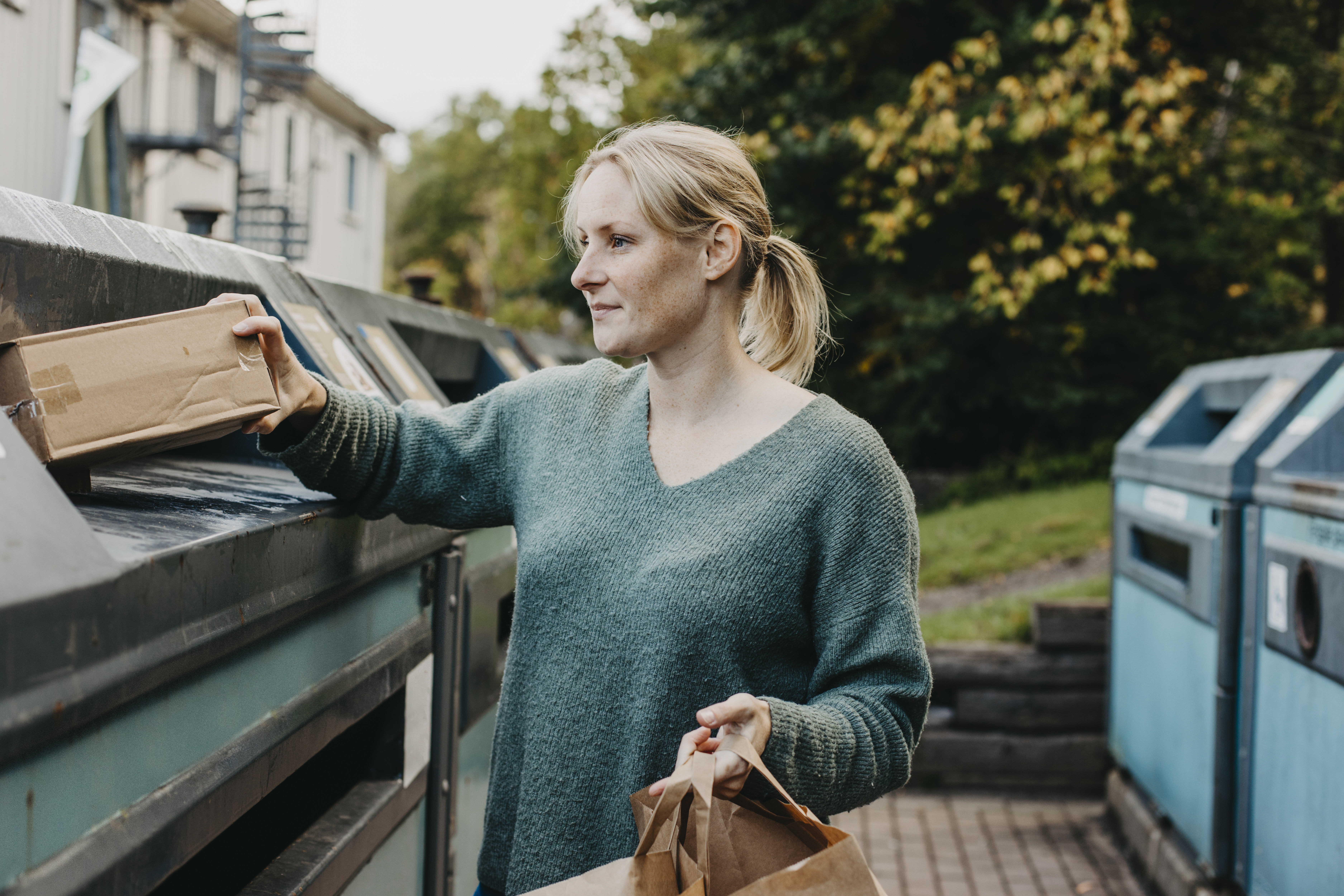- Article
PPWR: Redefining packaging and its waste
What you need to know about the Packaging and Packaging Waste Regulation
The PPWR is a crucial step towards a more sustainable and circular economy in the EU. The regulation will set targets for waste reduction, recycling, and sustainable material use. It brings opportunities for innovation and growth for the packaging material industry and its customers. How should you act to become a winner post PPWR? Here’s a glimpse of the winds of change for European packaging.
What is it all about?
The Packaging and Packaging Waste Regulation (PPWR) is a newly proposed legislation in the European Union (EU) to revise the current packaging and packaging waste directive. The Packaging and Packaging Waste Directive (PPWD) has existed since 1994. It has been updated several times but has yet to effectively prevent the increase in packaging waste or reduce its environmental impact. To address this, the European Commission has proposed a more ambitious regulation.
What’s the status?
PPWR was adopted by the European Parliament on April 24, 2024, and is now in force. The final step was for the new legislation to be confirmed by the new parliament and the EU Council, which occurred on December 16, 2024. With this approval, the regulation is now legally binding across the European Union.
What are the key objectives?
- Harmonized rules: By implementing a regulation instead of a directive, the aim is to create a unified set of rules across the EU, facilitating the free movement of goods and harmonizing the market.
- Reduce packaging waste: The regulation aims to decrease the amount of packaging waste generated in the EU and promote reusable and recyclable packaging solutions.
- Increase high-quality recycling: This means increasing processes that help maintaining the material’s original quality as much as possible. PPWR requires that all packaging placed on the EU market shall be recyclable by 2030.

What are the main measures and effects?
- Waste regulation: Based on 2018 levels, EU countries must reduce packaging waste per capita by 5% by 2030, 10% by 2035, and 15% by 2040.
- Mandatory labeling: Packaging must be labeled with material composition, sorting instructions, and reuse instructions where applicable. Reusable packaging will also require a QR code or other type of standardised, open, digital data carrier.
- Reuse and refill: Targets for reuse of different packaging types with specific percentages to be achieved by 2030 and 2040, depending on the type of packaging. NB: The reuse targets for transport packaging do not apply for cardboard boxes.
- Bans on certain packaging formats: From 2030, specific plastic packaging, such as shrink wrap and packaging for fresh fruit and vegetables under 1.5 kg, will be banned in most cases.
- Recyclable packaging: All packaging placed on the EU market shall be recyclable by 2030 and shall be recycled at scale by 2035.
- Recycled content: Plastic packaging must contain a certain percentage of recycled material by 2030, with higher targets for 2040. This does not apply for medical packaging, contact-sensitive plastic packaging for food intended only for infants and young children, or for plastic packaging that is intended to come into contact with food if the amount of recycled content poses a threat to human health.
- Packaging minimization: Maximum 50% empty space ratio for grouped, transport, and e-commerce packaging by 2030. Sales packaging as e-commerce packaging or using reusable packaging within a system of reuse is exempted from this obligation.
- Compostable packaging: Certain packaging must be compostable within three years of the regulation's entry into force.
What are the opportunities?
- Innovation: Development of new, sustainable materials and more efficient recycling processes.
- Competitive advantage: Companies that adapt quickly can gain market share and strengthen their brand as environmentally friendly.
- Consumer demand: Increased demand for sustainable consumer packaging can drive the market.




